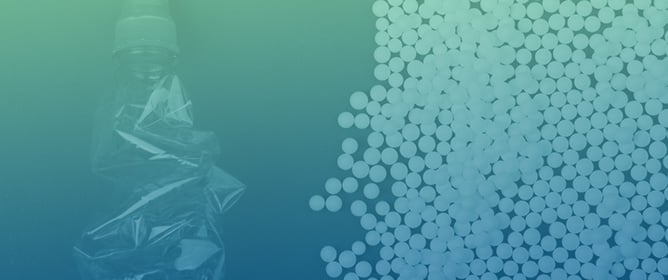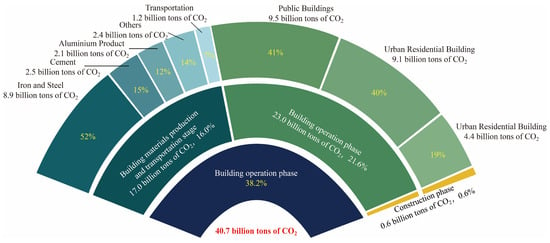The SAUR (small auxin-up RNA) family constitutes a category of genes that promptly respond to the hormone auxin and play a pivotal role in diverse biological processes encompassing plant growth and the response to abiotic stress.
Santalum album L., a semi-parasitic evergreen tree,
[...] Read more.
The SAUR (small auxin-up RNA) family constitutes a category of genes that promptly respond to the hormone auxin and play a pivotal role in diverse biological processes encompassing plant growth and the response to abiotic stress.
Santalum album L., a semi-parasitic evergreen tree, is renowned for its economically valuable essential oils, positioning it among the most prized tree species. In this study, a meticulous identification and comprehensive analysis of 43
SAUR genes was conducted within
S. album. Based on phylogenetic relationships, the
SaSAUR genes were systematically categorized into five groups. A collinearity analysis revealed intriguing insights, disclosing 14 segmental duplications and 9 tandem duplications within the
SaSAUR genes, emphasizing the pivotal role of duplication in the expansion of this gene family. Noteworthy variations in the expression levels of
SaSAUR genes were observed by delving into the
SaSAUR transcriptome data from various tissues, including leaves, roots, and heartwood, as well as under salt-stress conditions. Notably,
SaSAUR08 and
SaSAUR13 were significantly upregulated in heartwood compared with roots and leaves, while
SaSAUR18 was markedly more expressed in roots compared with heartwood and leaves. Furthermore,
SaSAUR27 and
SaSAUR28 were found to respond closely to salt stress, hinting at their potential involvement in the salt-stress response mechanism. This research offers a comprehensive investigation of
SAUR genes in
S. album and establishes a foundation for future exploration of the
SAUR gene family, particularly its relation to growth and salt-stress responses.
Full article
 IJMS
IMPACT
IJMS
IMPACT Applied Sciences
IMPACT
Applied Sciences
IMPACT Sustainability
IMPACT
Sustainability
IMPACT Sensors
IMPACT
Sensors
IMPACT JCM
IMPACT
JCM
IMPACT Materials
IMPACT
Materials
IMPACT Molecules
IMPACT
Molecules
IMPACT Energies
IMPACT
Energies
IMPACT Electronics
IMPACT
Electronics
IMPACT Remote Sensing
IMPACT
Remote Sensing
IMPACT Cancers
IMPACT
Cancers
IMPACT Nutrients
IMPACT
Nutrients
IMPACT Mathematics
IMPACT
Mathematics
IMPACT Foods
IMPACT
Foods
IMPACT Buildings
IMPACT
Buildings
IMPACT Polymers
IMPACT
Polymers
IMPACT Animals
IMPACT
Animals
IMPACT Water
IMPACT
Water
IMPACT Plants
IMPACT
Plants
IMPACT Agronomy
IMPACT
Agronomy
IMPACT Biomedicines
IMPACT
Biomedicines
IMPACT Processes
IMPACT
Processes
IMPACT Microorganisms
IMPACT
Microorganisms
IMPACT Diagnostics
IMPACT
Diagnostics
IMPACT Nanomaterials
IMPACT
Nanomaterials
IMPACT Viruses
IMPACT
Viruses
IMPACT Medicina
IMPACT
Medicina
IMPACT Healthcare
IMPACT
Healthcare
IMPACT Cells
IMPACT
Cells
IMPACT Forests
IMPACT
Forests
IMPACT Agriculture
IMPACT
Agriculture
IMPACT Land
IMPACT
Land
IMPACT JMSE
IMPACT
JMSE
IMPACT IJERPH
IJERPH
 Symmetry
IMPACT
Symmetry
IMPACT Genes
IMPACT
Genes
IMPACT Pharmaceutics
IMPACT
Pharmaceutics
IMPACT Coatings
IMPACT
Coatings
IMPACT Micromachines
IMPACT
Micromachines
IMPACT Pharmaceuticals
IMPACT
Pharmaceuticals
IMPACT Atmosphere
IMPACT
Atmosphere
IMPACT Children
IMPACT
Children
IMPACT Religions
IMPACT
Religions
IMPACT Antioxidants
IMPACT
Antioxidants
IMPACT Life
IMPACT
Life
IMPACT Metals
IMPACT
Metals
IMPACT Biomolecules
IMPACT
Biomolecules
IMPACT Vaccines
IMPACT
Vaccines
IMPACT Education Sciences
IMPACT
Education Sciences
IMPACT Minerals
IMPACT
Minerals
IMPACT Horticulturae
IMPACT
Horticulturae
IMPACT Brain Sciences
IMPACT
Brain Sciences
IMPACT JPM
IMPACT
JPM
IMPACT Bioengineering
IMPACT
Bioengineering
IMPACT














